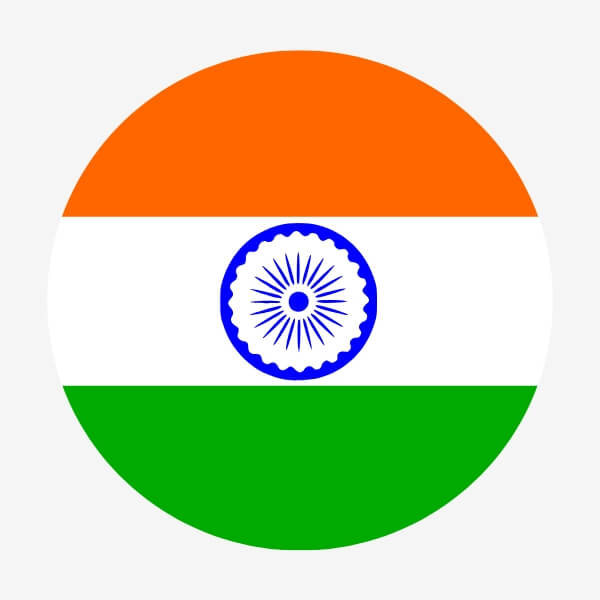India: Country Resources

About India
India, an ancient civilisation with a rich tapestry of religions and cultures, spans 29 states and 7 union territories. As a member of the BRIC countries, India boasts a rapidly developing economy, averaging 7% growth over the last two decades. Key industries include information technology, textiles, pharmaceuticals, and agriculture. Its skilled and innovative workforce is a major growth driver. Governed by a robust constitution since 1950, India fosters entrepreneurship and industrial expansion, playing a significant role in shaping global economic trends and labour markets.
India: Country Resources
Currency:
Indian Rupee (INR)
Capital:
New Delhi
Language:
Hindi | Marathi | Kannada +
Ease of doing Business
Easy
Population Size
1.375M
VAT
18% general rate

Go global in India
Our multinational clients trust us to take care of international payments and compliance for employees, contractors and freelancers working in India.
You can use our Employer of Record (EoR) service to employ your team via our legal entity – onboarding your Top Talent quickly and with ease.
Experience our world class service – for your business and your team.
We are currently updating our website with our expert local knowledge, please contact us for more info.
FAQ's
India has several public holidays that vary by state and region. National holidays include Republic Day (January 26), Independence Day (August 15), and Gandhi Jayanti (October 2). Additionally, there are numerous religious and regional holidays, such as Diwali, Holi, Eid, Christmas, and regional New Year celebrations like Pongal, Baisakhi, and Onam.
Salary and compensation in India are governed by several key statutes including the Payment of Wages Act 1936, the Minimum Wages Act 1948, and the Payment of Bonus Act 1965. These laws regulate the timely disbursement of wages, establish minimum wage rates, and mandate bonus payments. Employers must ensure compliance with these regulations, providing fair compensation for work performed.
Employees in India are entitled to various types of leave, including:
- Annual Leave: Generally, 12 to 21 days of annual leave that can be accumulated or carried forward up to a statutory cap.
- Sick Leave: Typically ranges from 12 to 15 days per year, depending on state laws.
- Casual Leave: Often between 7 to 10 days per year, non-accumulative.
- Maternity Leave: Up to 26 weeks of paid leave for female employees under the Maternity Benefit Act 1961.
- Paternity Leave: Limited provisions, often around 15 days.
- Other Leave: Includes leave for national and festival holidays, bereavement leave, and leave for personal emergencies.
Employment in India can be terminated for several reasons, including redundancy, underperformance, misconduct, superannuation, and ill health. Notice or pay in lieu of notice is required unless termination is due to misconduct. In cases of misconduct, termination must follow a disciplinary inquiry conducted according to the principles of natural justice. Additionally, employees on maternity leave or those involved in the adjudication of an industrial dispute cannot be terminated.
Mandatory insurance provisions for employees in India include:
- Employees’ Provident Fund (EPF): A social security program requiring both employer and employee contributions.
- Employees’ State Insurance (ESI): Provides health insurance and social security for workers earning below a certain threshold.
- Gratuity: Employers are required to provide gratuity insurance to cover their liability to pay gratuities to employees upon termination of employment after five years of service.




